Decentralized Streaming Overview
When talking about decentralized streaming, a model that delivers audio, video or live data through a network of independent nodes rather than a single corporate server. Also known as peer‑to‑peer streaming, it cuts out the middle‑man, lowers latency and lets creators keep more of the revenue. The magic behind this shift is blockchain, a tamper‑proof ledger that records every view, tip or subscription as an immutable transaction. By anchoring playback data on a public chain, platforms can prove who watched what and pay royalties automatically. NFTs, unique digital tokens that certify ownership of a specific piece of media add another layer: a single episode, a concert ticket or a creator’s avatar becomes a tradable asset that fans can buy, sell or bundle. This combination of blockchain security and NFT scarcity creates a trustless marketplace where content moves instantly, payouts happen in seconds, and censorship becomes technically difficult. decentralized streaming therefore isn’t just a buzzword – it’s a concrete ecosystem built on transparent, programmable money.
Key Building Blocks for a Creator‑First Economy
Beyond the core ledger and tokenized media, social tokens, personalized crypto coins issued by creators to reward their community act as the glue that binds fans to the platform. A musician can mint a token that grants holders early access to new tracks, while a streamer can offer chat‑only perks tied to token holdings. These tokens are traded on decentralized exchanges, open markets where anyone can swap streaming tokens for stablecoins or other assets without a central broker, ensuring liquidity and price discovery. Meanwhile, the underlying peer‑to‑peer network—often built on protocols like IPFS or LIVEPEER—handles the actual data flow, breaking files into chunks and distributing them across global nodes. This approach reduces reliance on any single CDN, spreads bandwidth costs, and makes the service resilient to regional outages. Together, blockchain, NFTs, social tokens, DEXs and P2P delivery form a self‑reinforcing loop: creators launch tokenized content, fans buy and trade tokens, liquidity providers on DEXs earn fees, and the network’s nodes get compensated for bandwidth. Each piece supports the others, creating an incentive‑aligned ecosystem that scales with user demand.
What does all this mean for you, whether you’re a creator looking for a fairer payout model or a viewer hungry for uncensored, high‑quality content? The posts below dive into real‑world examples—wrapped tokens that power cross‑chain streaming, reviews of decentralized exchanges that list streaming assets, guides on launching social tokens, and step‑by‑step tutorials for claiming NFT‑based access passes. You’ll see how block reward systems can fund network nodes, how impermanent loss calculations matter when you provide liquidity for streaming tokens, and why regulation matters for a global audience. Armed with this context, you can pick the right tools, avoid common pitfalls, and start leveraging the decentralized streaming stack today. Below you’ll find a curated collection of articles that break each component down and show how they fit together in practice.

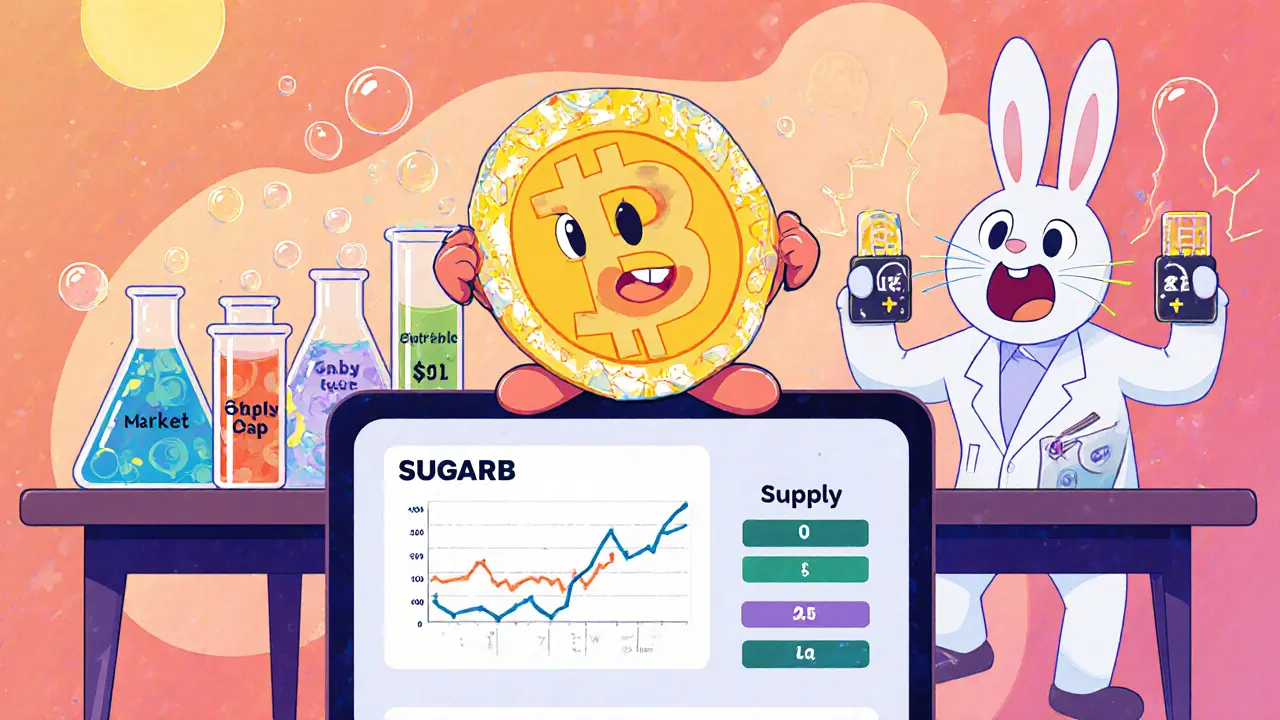
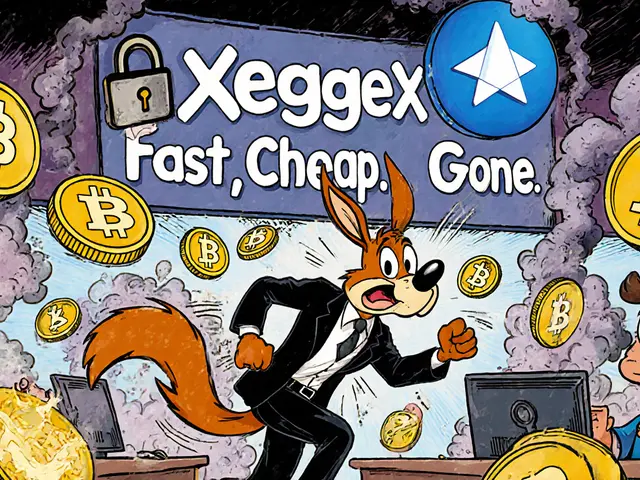
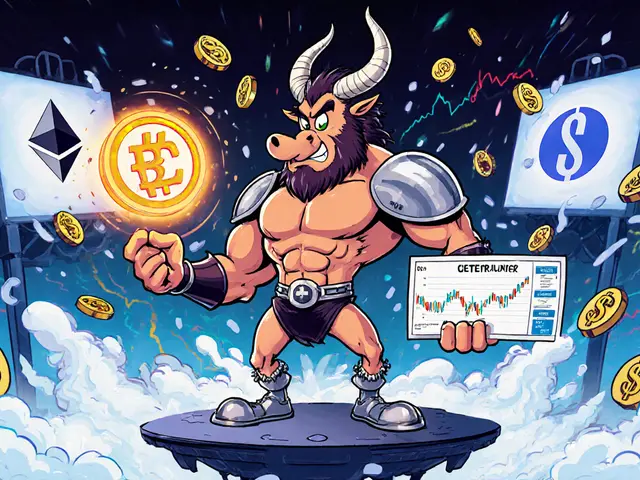
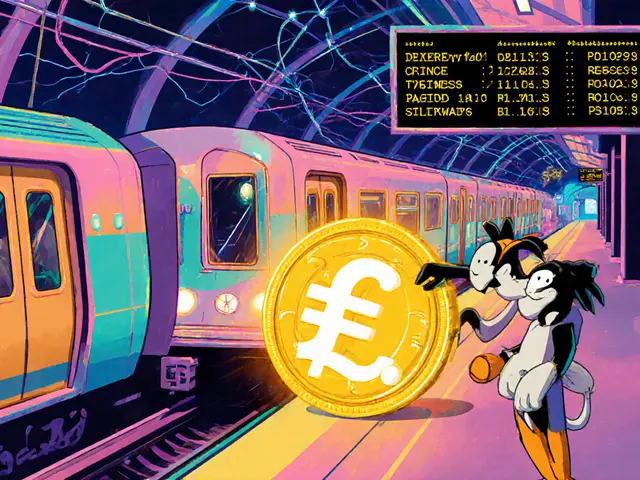
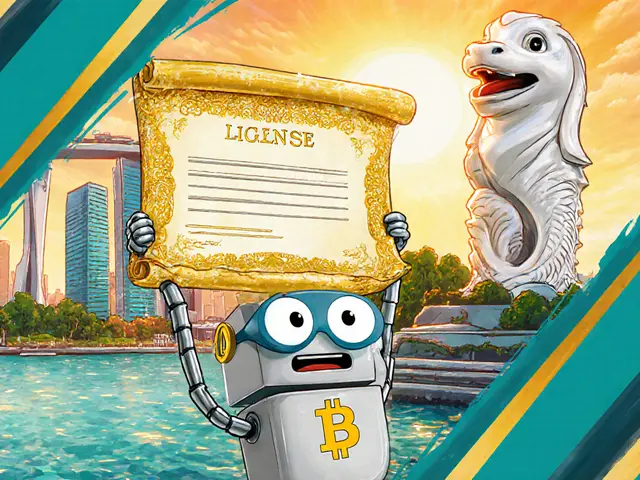
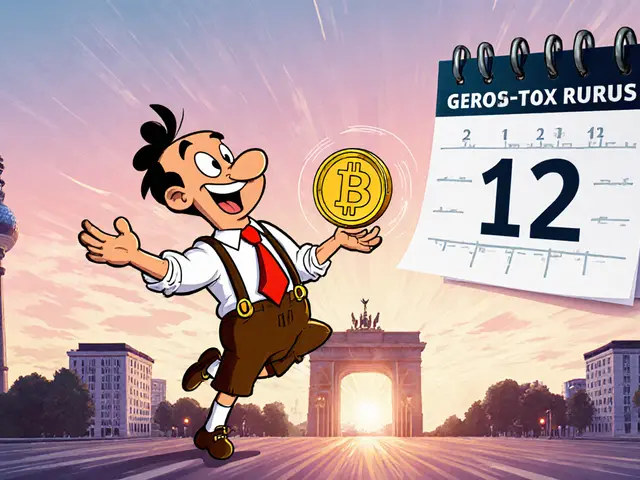
Categories